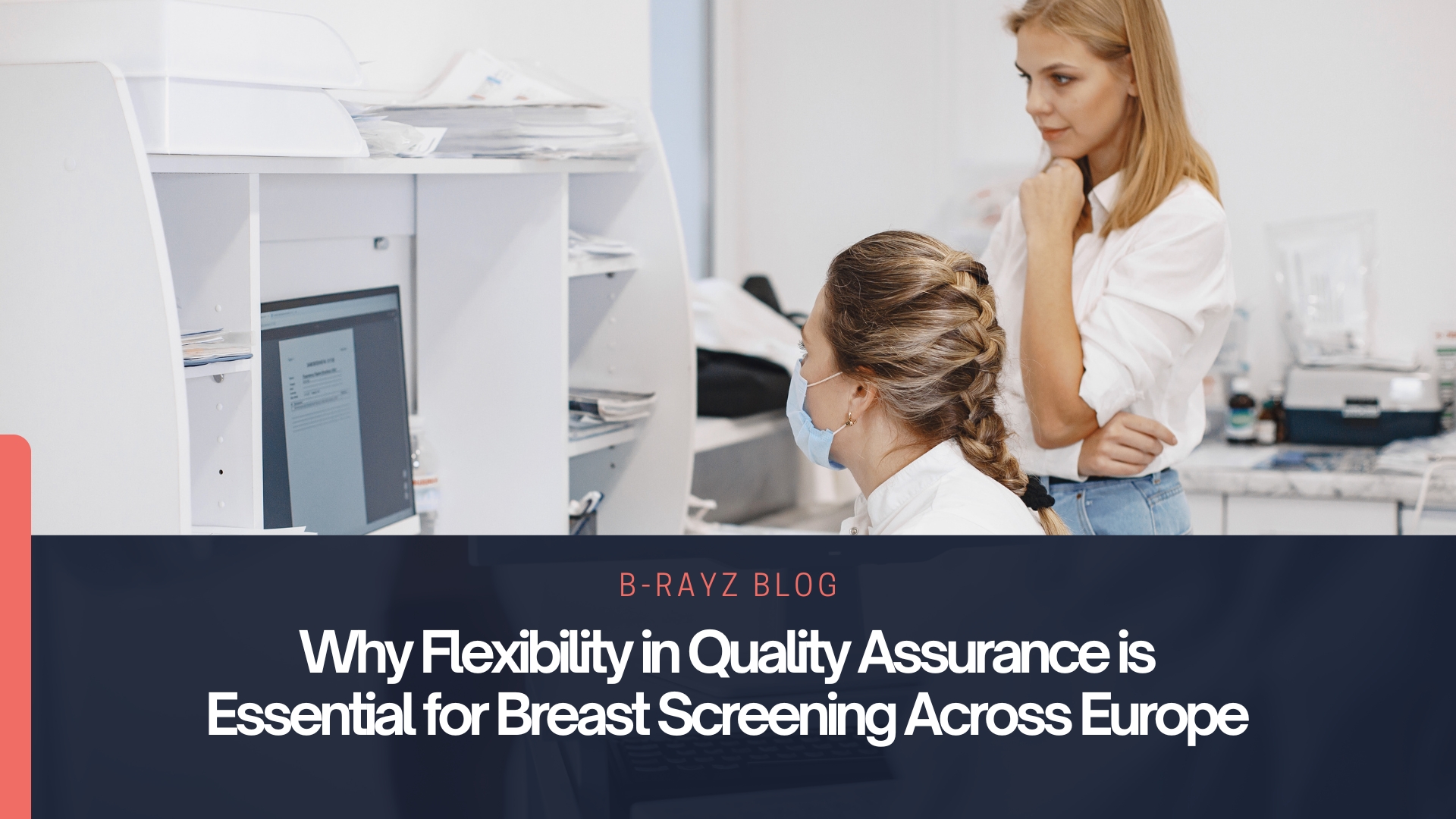For many radiologists, a practice acquisition is an attractive option for realizing the dream of self-employment. However, buying a medical practice also means becoming active as an entrepreneur – with all the obligations, opportunities and risks. Taking the step into self-employment should therefore be carefully planned and systematically implemented. This article provides initial guidance on what to consider when taking over a radiology practice.
What is a practice acquisition from a legal perspective?
Medical practice acquisition can take three legal forms: asset purchase, stock purchase, and merger.
In an asset purchase, the buyer obtains specific practice assets listed in the transaction documents, avoiding unwanted liabilities.
In a stock purchase, the buyer acquires both assets and liabilities by purchasing the corporation’s stock.
In a merger, two entities merge to form one, with the surviving entity owning all assets and liabilities.
The choice depends on the situation; stock purchases suit employee ownership, while asset purchases work when the seller wants to close the practice and keep accounts receivable.
Who is eligible to take over a radiology practice?
Typically, the requirements for a practice acquisition vary from state to state. In some states, only physicians are allowed to own physician practices, restricting ownership by other entities. During healthcare provider acquisitions, obtaining consents and giving proper notices is crucial. The Medicare and Medicaid programs involve Change of Ownership (CHOW) procedures, and a Certificate of Need (CON) might be necessary for physician practice transactions. Additionally, state attorney notification requirements vary, ranging from a basic notification form to a comprehensive antitrust review period.
Practice acquisition in radiology: Key advantages and disadvantages
Start a new practice or follow in the footsteps of a predecessor? Compared to a new practice, a practice acquisition offers a number of significant advantages:
The medical technology and IT infrastructure is already in place and may only need to be modernized. The existing practice team is also taken over and is usually well trained – this eliminates the need for time-consuming personnel searches and training. Due to the established patient base and existing referral networks, intensive marketing measures are usually unnecessary after the purchase of the practice.
Nevertheless, practice acquisition can also be associated with certain hurdles, stumbling blocks and possible disadvantages.
For example, the scope for design is often limited by the already existing practice infrastructure. In addition, friction and conflicts with existing staff can arise if the new practice owner wants to change familiar processes and structures.
It should also be considered that intangible assets such as a large patient base facilitate the start of self-employment, but can also drive up the purchase price.
Costs of a practice acquisition: Calculating the purchase price
But how is the purchase price of a medical practice calculated? In general, both tangible and intangible values are included in the calculation of the total value of a practice. The tangible or intrinsic values include:
- the real estate
- medical technology inventory (such as X-ray, MRI or CT equipment)- Practice equipment (furniture, lighting, IT equipment, etc.)
- stocked items
- staff cars or other vehicles
The intrinsic values can be recorded in the accounts at their current fair value. In contrast, it is more difficult to determine intangible or ideal values, also known as “goodwill” in business administration. These include:
- location of the practice with all its advantages and disadvantages
- reputation of the medical practice
- patient base
- existing staff and their level of knowledge
- telephone number, web presence
- referral networks
- supplier contracts
Goodwill thus reflects the organizational value of the medical practice. Since it contains many “soft factors”, it is more difficult to capture than the net asset value. Several methods of determining the value have been established, which are accepted by banks and which, among other things, use the annual turnover of the practice. To be on the safe side, external experts such as auditors specializing in the medical sector should be commissioned to determine the value of a practice before a practice acquisition.
Practice purchase: Immediately or phased?
The purchase prices of radiology practices are usually higher than in other specialties due to the medical technology equipment, with 6- or even 7-digit amounts to be expected. It is not uncommon that financing the purchase price is a major hurdle in practice acquisitions, especially since banks are becoming increasingly restrictive in granting loans.
However, there are various options for contractually structuring the purchase of a practice. One option is the immediate practice acquisition by means of a one-time payment: On a certain date, the practice is handed over to the successor with all inventory, contracts and personnel. Alternatively, so-called earn-out agreements are a great option. In this case, the purchase price is deferred in whole or in part and made dependent on the future economic success of the practice. The contracting parties often agree on a fixed price for the objectively ascertainable net asset value, while the intangible goodwill is structured variably. Earn-out clauses can thus reduce the economic risk for the new practice owner.
Irrespective of the payment modalities, it is important to consider whether the practice acquisition should take place with immediate effect or in stages, i.e. step by step. In the case of a phased transfer of the practice, the retiring radiologist will continue to work in the company for a certain period of time. It is certainly beneficial that the new practice owner, staff and patients can get to know each other while the senior manager continues to be available as a contact person.
This smooth transition can be a win-win situation for all involved – provided, of course, that the senior and junior partners also harmonize on a personal level and are capable of working together constructively.
Checklist: 10 things to keep in mind during practice acquisition
Careful, precise planning is the most important foundation for a successful practice acquisition. It can take twelve months or more from the initial idea to the handover of the keys. So, what are the most important aspects and questions that need to be dealt with and clarified during the planning phase?
1. Formal requirements for the practice acquisition
Depending on the state, different regulatory requirements may need to be met during a practice acquisition. Physician practices that provide Medicare or Medicaid services are required to report the change of ownership to the Centers for Medicare & Medicaid Services (CMS). Formally, it makes a big difference whether the transaction is a “change of ownership (CHOW)” or a mere reorganization, in which the Tax Identification Number (TIN) does not change.
More detailed information on this complex topic is provided in this overview by Winston & Strawn.
2. Location and practice analysis
If you do not yet have a specific practice in mind, you can search for a suitable takeover object via portals such as the ACR Career Center. Since the economic success of a radiology practice depends to a large extent on general conditions such as the location, the location and practice should be checked for the following criteria before the practice acquisition:
- population structure in the surrounding area
- existing supply and competitive situation
- location and accessibility
- existing patient base
- referral network
- practice team
- medical equipment and IT infrastructure
- need for modernization
Before deciding on a specific practice, it is also essential to take a look at the key business figures of recent years.
3. Legal form
Medical practitioners have several options for the type of business entity to practice under, including sole proprietorship, partnerships, corporations, and limited liability companies (LLCs). Each category offers distinct pros and cons concerning personal liability protection, tax treatment, flexibility, and administration.
An overview of the advantages and disadvantages of different legal forms is given in this article published by the Urology Practice Management magazine.
4. Business plan
As future entrepreneurs, self-employed radiologists usually cannot avoid preparing a business plan. This serves as a personal guide for the practice acquisition, but also as a basis for convincing banks and potential investors. A professional business plan should contain at least the following elements:
- executive summary
- range of services including possible unique selling points (e.g. innovative technologies)
- market and competition analysis
- financial and liquidity planning
- personnel planning
- marketing strategy
- risk analysis
- detailed schedule of the practice acquisition with important milestones
5. Financing the practice acquisition
Only a few radiologists are in a position to shoulder the purchase of a practice with their private assets alone. As a rule, banks or other investors must be brought on board to finance the purchase price and any initial investments. To avoid unnecessary costs, the following approach is recommended:
- create a professional business plan as a basis
- break down capital requirements in detail
- for loans, compare offers from several banks
- check state subsidy offers (start-up subsidies)
Important: Practice acquisition contract and other contracts should only be signed after credit approval!
6. contracts and insurances
Existing contracts and insurance policies are usually taken over together with the medical practice. It is worth checking these carefully in advance and renegotiating them if necessary. This concerns in particular
- employment contracts of the staff
- if applicable, rental agreement (amount of rent, duration and notice periods)
- if applicable, leasing contracts for equipment or motor vehicles
- maintenance contracts, if applicable
- telephone, internet, IT service provider
- insurance policies
7. Practice acquisition contract
The transfer of ownership is legally sealed with the purchase or practice acquisition contract. It is essential that specialist lawyers draw up the practice acquisition contract, as there are many pitfalls lurking here for legal laypersons. A professional purchase agreement usually contains at least the following elements:
- subject matter of the contract
- purchase price and payment schedule
- inventory list
- assumption of contracts (incl. employment contracts)
- warranty claims
- prohibition of competition or competition clauses
- liabilities
- receivables and liabilities
- if applicable, regulations for the further employment of the seller
- right of withdrawal
8. Patient data
Since doctor-patient confidentiality also applies to healthcare professionals, simply disclosing patient data is not legally permissible. This means that the new practice owner must seek written consent from patients in order to gain access to their data. As a rule, this consent is requested as soon as the patient presents himself or herself at the practice for the first time after the practice acquisition.
9. Announcement of the practice acquisition
Once the practice acquisition is contractually sealed, patients and referring physicians should be informed of the change in ownership. Possible communication channels are:
- posting and flyers in the practice
- personal letter to patients, referring physicians and other network partners
- contacting important network partners by telephone
- update of the website
- updating Google profile, social media profiles and other industry listings
- change in exterior signage
10. Practice marketing
Even though a practice acquisition does not mean starting from scratch, in-house marketing efforts should not be neglected. Especially in the field of radiology, it is important to keep an eye not only on patients but also on potential referring physicians as a target group.
Practice acquisition: support from external professionals reduces economic risk
A practice acquisition paves the way for many radiologists to become self-employed. However, even if the economic risks are lower compared to starting a new practice, it is still a complex entrepreneurial project that should be well planned from the beginning and ideally supported by external experts. It is therefore definitely worthwhile to seek the support of lawyers, tax advisors and / or auditors during the start-up phase. Professional associations such as the American College of Radiology also offer expert advice on setting up or taking over a practice.








